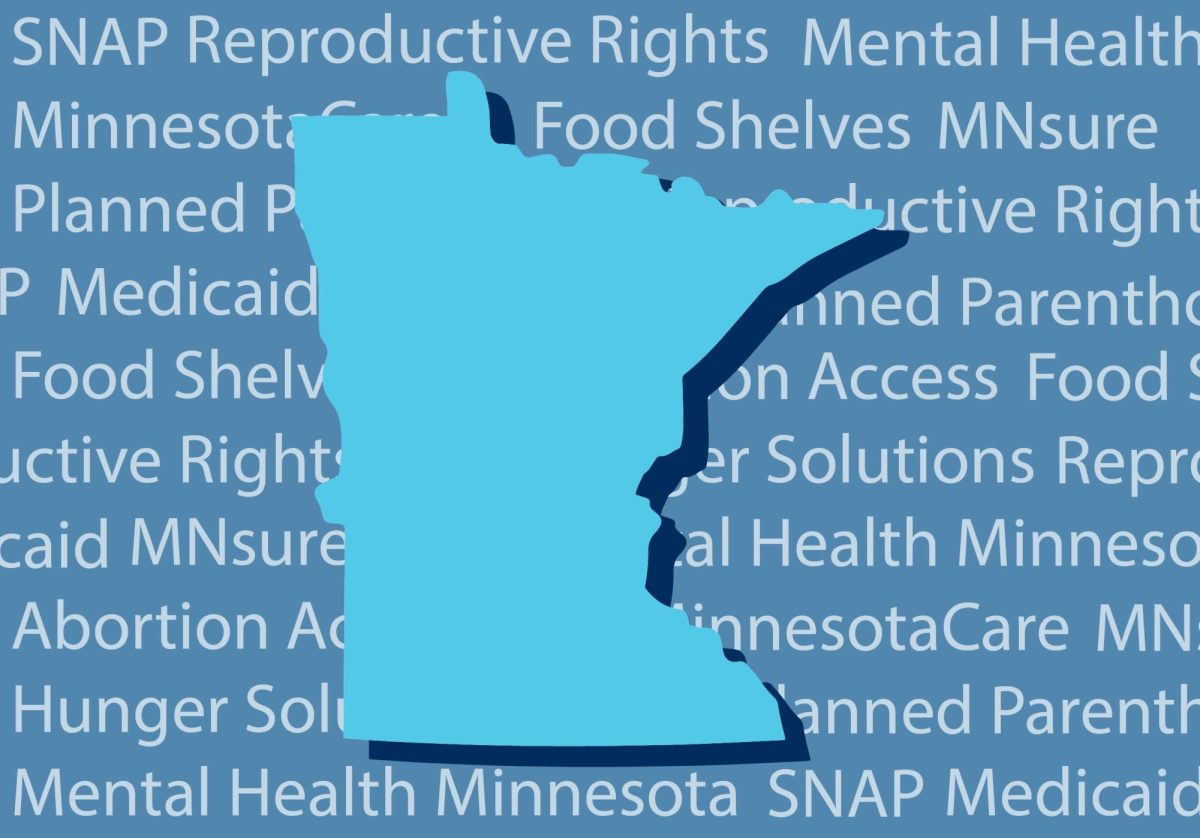In the worldwide conversation about climate change and environmental degradation, environmental justice is a crucial subject that is receiving more and more attention. The truth is that access to clean water and air is not universal and that some communities are more negatively impacted by pollution than others.
For the Earth and its inhabitants to survive, these discrepancies must be addressed. We all have a part to play in promoting a more just and sustainable future as responsible people.
Environmental justice is defined as “the fair treatment and meaningful involvement of all people regardless of race, color, national origin, or income with respect to the development, implementation, and enforcement of environmental laws, regulations and policies” by the Environmental Justice division of the United States Environmental Protection Agency.
As a white college student, I have the privilege of not having been impacted by environmental injustices but of acting as a mere spectator, as myself and millions of other Americans watch on the news as man-made environmental devastations continue to occur, such as in Flint, Michigan, and East Palestine, Ohio.
I need not mention my gender, religion or even my socioeconomic status because environmental justice is a race issue.
The story of Kilynn Johnson is what inspired me to dig deeper into the roots of racial and environmental injustices in America.
Growing up in South Philadelphia, Johnson had suffered from asthma since she was eight years old. Later in 2015, she noticed that her asthma had flared up again and three nights later she woke up early in the morning vomiting uncontrollably. Her partner had driven her to a hospital where doctors at the Hospital of the University of Pennsylvania in West Philadelphia, which is across the Schuylkill River from Grays Ferry, informed Johnson that she needed surgery to remove a tumor from her gallbladder but that she also had a severe infection that would require IV antibiotics and a week in intensive care before doctors could perform the procedure.
Her gallbladder, seven lymph nodes and a portion of her liver were all removed after the surgery, which revealed gallbladder cancer that had spread. She had chemotherapy and radiation for six weeks.
Scientists and officials have known for decades that Black areas, like Grays Ferry, bear a disproportionate share of the weight of the nation’s pollution, from the filthy water in Flint to the toxic chemicals that have poisoned a section of Louisiana known as Cancer Alley.
More proof was offered in a 2017 report from the Clean Air Task Force and the NAACP. Black residents were found to be 75% more likely than the general population to reside in so-called fence-line communities, which are places close to facilities that generate hazardous waste.
So why is this one woman’s story so important? Her story represents the millions of African Americans who are disproportionately affected by the nation’s pollution. Kilynn’s story represents the millions of stories that don’t get told.
Another study was done in 2018 by the Environmental Protection Agency’s National Center for Environmental Assessment that compared the socioeconomic status of communities that resided in close proximity to pollution-producing environments and found Black people were exposed to higher levels of air pollution than white Americans, regardless of their financial status.
The study also found Black Americans were 1.5 times more likely to be exposed to respiratory chemical pollution, which is caused by burning fossil fuels, than white Americans. These effects of these man-made pollutants include cancer, respiratory diseases such as asthma, heart disease and an increased risk of COVID-19.
Ensuring everyone has access to a safe and healthy environment is only one aspect of environmental justice. The unequal distribution of environmental risks and pollution that disproportionately affect vulnerable populations must also be acknowledged and addressed.
The harrowing effects of environmental racism on Black Americans are highlighted by the stories of Kilynn Johnson and the Grays Ferry neighborhood in South Philadelphia, as well as the critical necessity for neighborhood-led environmental justice initiatives.
It is our duty to support people who have been most negatively impacted by environmental injustices and to speak out in favor of laws and practices that advance environmental justice. We can build a more just and equitable future by doing this for everyone.
Katia Soudakova is a junior and student-athelete at the University of Minnesota.








